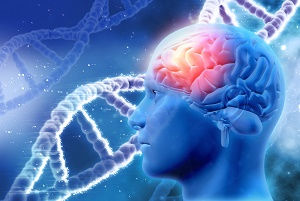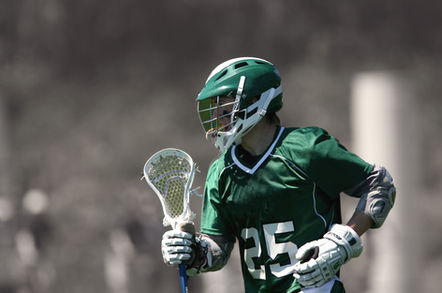
Concussion management Vancouver - Concussion/Brain Injuries affect millions of young athletes and non-athletes in North America every year. Existing research suggests that concussion symptoms produce metabolic and physiological rather than major anatomic injury to the brain. In other words, following concussion there is a temporary disruption of energy utilization in the brain that does not appear to produce permanent injury in the majority of cases, therefore, imaging of the brain like MRI and CT brain scans are usually normal.
Symptoms like headaches, head pressure, blurriness of vision, anxiety, depression, confusion, fogginess, dizziness, nausea, delayed responses to questions, and memory loss typically occur in an mTBI/Concussion. However, NO TWO CONCUSSIONS ARE THE SAME!
CBP concussion and mTBI approach are very unique, comprehensive, and with major success in reducing our patients' symptomatology, and improved functions. The assessment for concussion is usually from 2-3 hours long as the dysfunction is complex and requires a thorough examination utilizing Health Canada and FDA-approved state-of-the-art neurotechnology devices.
Current peer-reviewed studies suggest that many people suffering from concussion/PCS suffer from eye-tracking issues, gait disturbances, dizziness, fatigue, balance difficulties, cognitive decline, mood changes, and different head/neck pains (Silverberg, 2021). At CBP we assess all the pertinent areas of the neuro-axis to detect any dysfunctional system.

.jpg)



.png)


How We Treat
We use cutting-edge neurotechnology to assess and treat the weak parts of the neuroaxis using a combination multi-specialty approach through non-invasive neuromodulation (vagus nerve, trigeminal nerve) gaze stability exercises and neuro-mechanical stimulation such as SMT and trigger point injections.

mTBI Multidisciplinary Approach
The most current statements that are often cited and utilized to standardize comprehensive, multidisciplinary care for the treatment of Sports-Related Concussion (SRC) include a consensus statement from the 5th International Conference on Concussion in Sport held in Berlin in October 2016 (McCrory, 2018), and the American Medical Society for Sports Medicine’s Position Statement on Concussion in Sport. These consensus statements provide overviews of the definition of sports-related concussions/mTBI, including the etiology and pathophysiology of the injury; guidelines for appropriate diagnosis, evaluation, and management of SRC using different therapeutic modalities (Physiotherapy, Occupational therapy, chiropractic, and vision therapy).
mTBI Impact on Posture
Impairments in postural control are a primary concussion symptom; thus, postural control testing is a recommended component of the multifaceted concussion assessment battery (McCrory, 2013). Current concussion assessments include both clinical (Balance Error Scoring System (BESS)) and experimental (Sensory Organization Test (SOT)) protocols (Oldham, 2016).
At CBP we assess your posture, gait, and other pertinent aspects of human kinetics associated with volitional and non-volitional central nervous system reflexes in order to quantify the level of dysfunction and customize the therapies required.


Migraine & Trigeminal Headache strategies
The MiRx Protocol is a safe and effective treatment for migraines, trigeminal neuralgia, and some post-concussive headaches using the sphenopalatine ganglion (SPG) block. The MiRx Protocol has been clinically proven to provide long-term results with instant migraine & headache relief (Read Clinical Studies).
Some patients can experience lasting migraine relief after just one treatment, but those who have experienced chronic migraines or headaches for years may require the full treatment program for maximum benefit.
It starts with an ingenious applicator and a simple nasal spray. Because the SPG is located deep in the nasal cavity, a normal nasal spray cannot reach the desired location. Unlike other nasal sprays, the revolutionary Tx360™ nasal applicator has a soft flexible extension that allows the anesthetic agent to be sprayed directly onto the SPG. There are no needles.
The result is instant headache relief. The treatment takes less than a minute and most patients report a pain rating decreased from eight to two within seconds.








